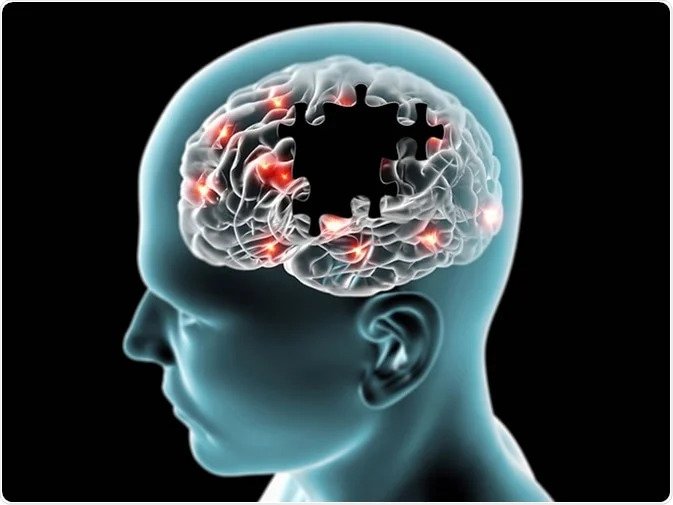Alzheimer’s disease (AD) is a disease of aging which might kick in as early as the 30s. It is the most prevalent dementia, and ten percent of people about 70 have AD. Calling your relatives with wrong names, misplacing your things, and forgetting to buy eggs in a grocery store are general memory lapses. But, in dementia, memory impairment occurs so that it becomes impossible to function normally. It happens gradually in stages.
Table of Contents
Stage # 1: Pre-clinical Alzheimer’s Disease:
The changes in the brain that lead to Alzheimer’s disease occur way before any symptom can be noticed. There is no treatment available for this stage, and it is highly unlikely to diagnose Alzheimer’s at this stage. There is a link between AD and age, so regular checkups or screening are necessary for early diagnosis.
Stage # 2: General Forgetfulness:
In the next stage, a person starts forgetting very basic things like a person’s name or where he placed his glasses. These memory lapses seem ordinary to themselves and others around them. But, as time passes, the lapses become more frequent, hindering common activities. The person himself does not notice it at first, but the people around him start getting an idea, which might help get help sooner.
Stage # 3: Noticeable Memory Problems:
At this stage, diagnosis is highly possible due to disruptions in daily life caused by memory lapses. The person starts forgetting the material he just read, having more difficulty retrieving the information from memory, and faces challenges in social settings. This stage makes the person more anxious about his condition. Proper treatment and management plans should be discussed with the physician. Solid dose manufacturing of donepezil, rivastigmine, and galantamine are treatment options to opt from.
Stage # 4: More Than Memory Lapses:
In this stage, a person goes beyond just retrieving information. He is unable o make sense of time and day. There is an increased risk of being lost and changing sleeping patterns in this stage. The person starts having difficulty wearing clothes according to the weather. Being at social gatherings becomes a nightmare, and other personality changes might also be seen.
Stage # 5: Limitation Of Independence:
Before this stage, the person can function independently enough to carry out everyday tasks. But once this stage sets in, constant assistance is required. The person starts forgetting what is important to him, and he cannot do basic tasks like dressing up. Emotional changes like hallucinations, paranoia, and delusions are also seen in that stage.
Stage # 6: Severe Symptoms:
Communication becomes difficult at this stage. The person might say words or phrases, but he cannot express a thought or emotion properly. The independence continues to decline, and personality and emotional changes keep becoming severe.
Stage # 7: Physical Control:
The destruction of brain cells in Alzheimer’s eventually leads to mental and physical impairment. The body starts shutting down as the brain tries to communicate the tasks at hand. The person at this stage needs round-the-clock help with sitting, walking, and eating.

